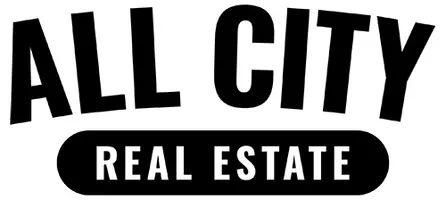
Camp DoubleCreek : The Perfect Place to Send Your Kids for Summer Camp
Are you looking for a fun and exciting way for your kids to spend the summer? Well, look no further. Camp DoubleCreek, located in Pflugerville Texas is now open and ready to welcome your kiddos. This ranch offers an array of activities that are sure to keep everyone entertained and happy. Let’s tak

How to Calculate the Square Footage of a Home
One of the most important factors in determining the value of a home is its square footage. When an appraiser calculates the square footage of a home, they measure every room and all common areas. In this blog, we will discuss how appraisers calculate the square footage in order to determine an acc

Buying a Home? Here Are the Common Costs You Can Expect
Buying a Home? Here Are the Common Costs You Can Expect Buying a home is an exciting milestone. But before you sign on the dotted line, it's important to be aware of the common costs associated with the process. Knowing what to expect can help you plan ahead and save up for all the expenses that c
Categories
Recent Posts










